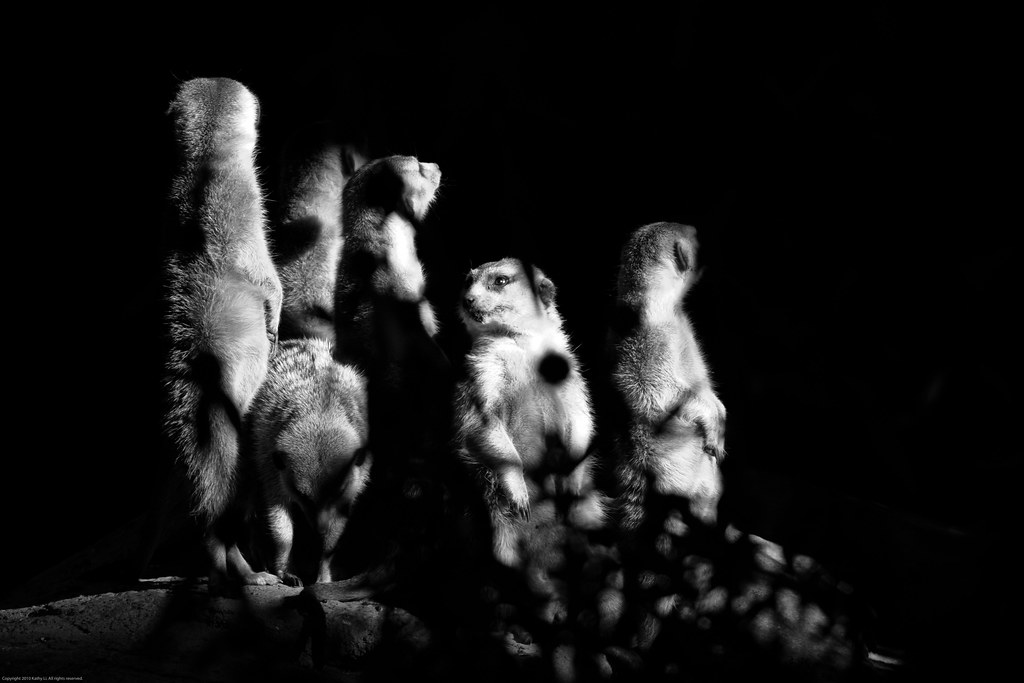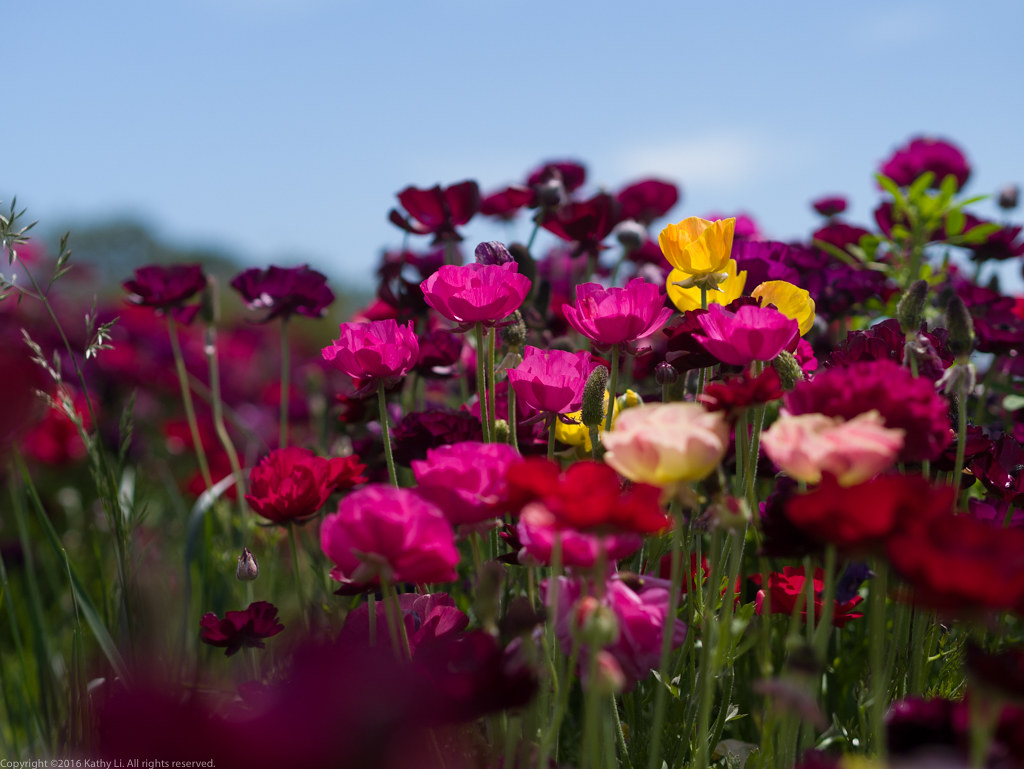Whilst messing about with my settings I came up with this image. You may see that the flower is quite bright and the background is quite dark. The pic was taken in daylight. How could this effect be reproduced and perhaps vary the darkness of the background and brightness of the flower? The settings are below.
Results 1 to 11 of 11
Thread: How did i do this?
-
11th June 2016, 02:21 PM #1
How did i do this?
-
11th June 2016, 02:34 PM #2
Re: How did i do this?
It is mostly just the way the light was hitting the subject flower and not the background, but your high ISO and the limit that has on dynamic range may have helped a bit.
As for replicating, if the light is not already like this (and it usually isn't), make it so, by use of artificial light sources and/or reflector.
-
12th June 2016, 12:31 AM #3
Re: How did i do this?
It has to do with how much more light the flower has on it than the background. Also that it's a white flower, which increase the difference in lighting. You're basically shooting a scene with a relatively high dynamic range, so you're underexposing the background when correctly exposing the flower. You just have to look at the light in scenes to replicate this.


If the scene isn't already lit that way, then you can do it yourself by adding light to your subject in a way that the light doesn't also hit the background. Most of us would use off-camera flash for this, and have a modifier to control the spill from hitting the background. I used a small softbox in the following shot.

-
12th June 2016, 11:58 AM #4
-
12th June 2016, 11:59 AM #5
-
13th June 2016, 05:52 AM #6

- Join Date
- Oct 2009
- Location
- Nelson New Zealand
- Posts
- 69
- Real Name
- Barry Doig
Re: How did i do this?
If your background is dark, make it darker by underexposing by at least a stop, even more.
-
13th June 2016, 11:33 AM #7
Re: How did i do this?
Let me disagree with you here, Barry. Reducing your exposure to darken the background, will also reduces your exposure in the foreground by the same amount. An underexposed image is never the right way to go. I am assuming that the starting point is a correctly exposed image.
Dave's and Kathy's responses were heading in the right direction, the image is a result of the way the light was falling, with the flower being photographed having been well lit, and the plants in the background were sitting in a shaded spot. Looking for this in nature or finding a shaded spot and adding your own light do make sense.
-
13th June 2016, 12:15 PM #8

- Join Date
- May 2012
- Location
- northern Virginia suburb of Washington, DC
- Posts
- 19,064
-
13th June 2016, 02:48 PM #9
-
13th June 2016, 03:13 PM #10
Re: How did i do this?
Much of this posting has to do with
1. The light falling on your subject (in this case the flower) and the amount of light falling on the background (which in your case is in shadow)
2. Another facet which impacts your image is that your flower is white and therefore reflects a great amount of light while the background is green and reflects less light.
The way to control this is to "look at and see" the background and how that background will impact your image. IMO, two areas in which accomplished photographers often produce better imagery than less accomplished photographers are:
Selection and control of background AND selection and control of the edges of the image - eliminating portions of people and stray branches, etc., intruding in from the sides of an image...
When your image (in this case this agapantha) is lit by approximately the same type of light as the background and the brightness of the subject is about the same as the background, you do not have the darkened background contrasted with the very bright flower...

However, you can, in PP reduce the brightness of the background by several techniques, including vignetting, which provides a dark BG to isolate the subject...

Here's a totally different question... Why in the name of Ansel Adams would you select an ISO of 10000 for that shot?
would you select an ISO of 10000 for that shot?
If the EXIF data that you posted is correct, and if the white flower was in sunlight, an exposure of 1/400 @ f/16 is not correct...Last edited by rpcrowe; 13th June 2016 at 03:29 PM.
-
20th June 2016, 01:25 PM #11

 Helpful Posts:
Helpful Posts: 


 Reply With Quote
Reply With Quote

